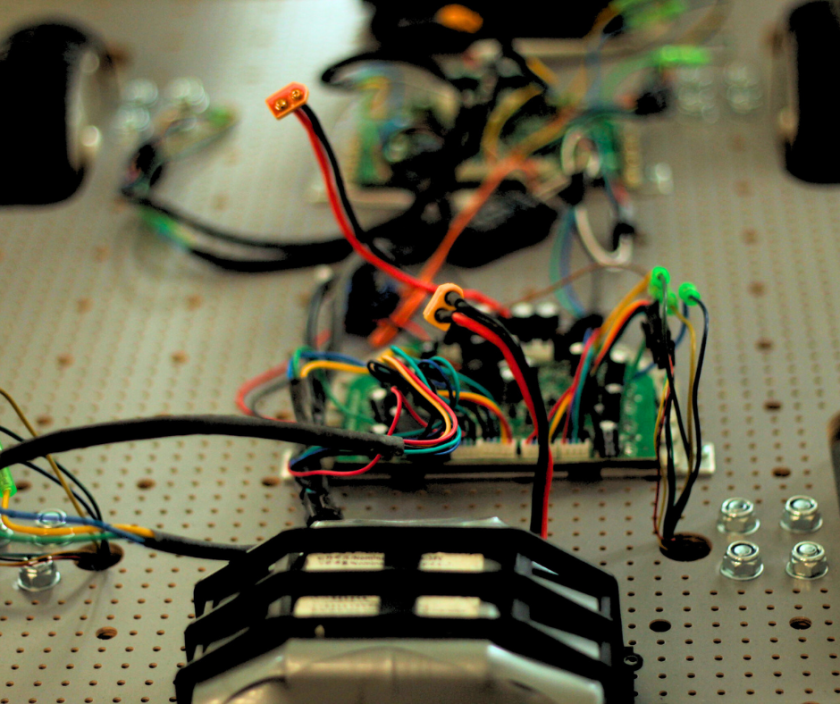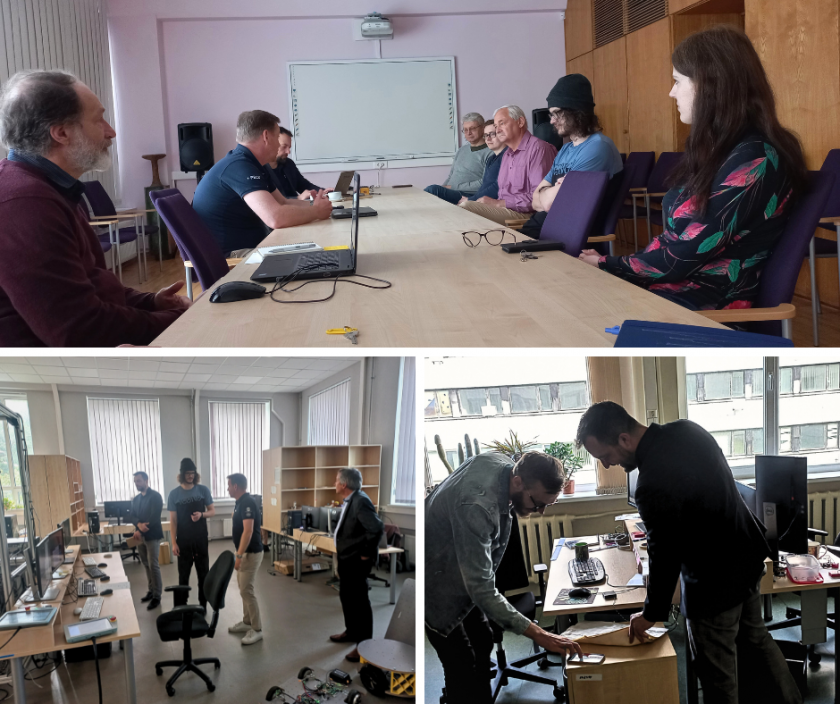
The European Space Agency (ESA) regularly visits institutes and research centres that are specialising in space technology and research. The purpose of these visits is to get to know the partners and to discover new areas of cooperation and opportunities with existing partners. During the meeting, discussions took place on ESA’s future strategy and the possibility for EDI to get involved in various projects. ESA’s Karol Brzostowski and David Stöbel (ESA Industrial Coordinator in Latvia), while beeing presented of EDI’s scientific achievements, made valuable suggestions for future cooperation with other European researchers to strengthen ESA’s goal of uniting European efforts in space exploration, not by creating competition, but by bringing professionals together.
EDI has been working in Earth
Observation (EO) since 2010, developing methods, algorithms and softwares,
mainly for satellite image processing. Machine learning techniques, including
various convolutional neural networks, are actively used. In the framework of
European Space Agency (ESA) projects, we have developed our own classification
technology, Dynland, which is used to classify land cover, tree species, bogs
and peat extraction sites. We are currently using it in the Baltic EO Platform
project to produce mineral maps for Latvia, Estonia and Lithuania. Another ESA
project in which EDI is active is the development of software to help the
Latvian Geospatial Information Agency update topographic maps. In the near
future, it is planned to further develop research in the areas of processing
LiDAR data and hyperspectral images collected by drones, which are needed for
forestry and agriculture.
The Robotics laboratory showcased EDI’s industrial computer vision system for
robotic object capturing, prototypes of mobile robots, motion sensing equipment
and its applications, as well as an environmental mapping system. Prospective
directions for further cooperation were discussed – mapping systems on
space-qualified electronics and autonomous multi-agent systems.
The Integrated Circuits and Systems Laboratory gave a summary of its core
competences, including next-generation sensor development, artificial
intelligence in heterogeneous single-chip systems (HSoC) and computational
accelerators and their integration. The presentation highlighted the
Laboratory’s achievements in specialised silicon hardware (chips) solutions
using FPGAs for single-chip circuits for imaging, quantum and other high data
rate sensors, as well as the development of customised single-chip accelerator
technologies and their transfer to industry. As one example, a low-cost
infrared sensor solution was presented.
EDI researchers also demonstrated innovative technology to embed sensors in clothing to track a person’s body movements and posture using smartphones. A prototype vest was demonstrated that reports unwanted back posture, making it a valuable tool in rehabilitation. In addition, a sports suit that accurately monitors the movements of the human body during exercise was also shown. This has potential applications to improve athletes’ techniques and prevent injuries. Further on the health theme, an ultrasound device was demonstrated to assess the musculoskeletal health of astronauts. This device could be used to monitor bone loss and muscle atrophy in a timely manner after long-duration flights. Early diagnosis would allow future prophylactic measures to be taken. These changes may be individual in nature, requiring individual prophylactic measures.

At the end of the visit, all the laboratory representatives were invited to discuss together which sectors and inventions are important at the moment. Current collaborations were consolidated and constructive and valuable suggestions were made for future scientific directions and cooperation opportunities.